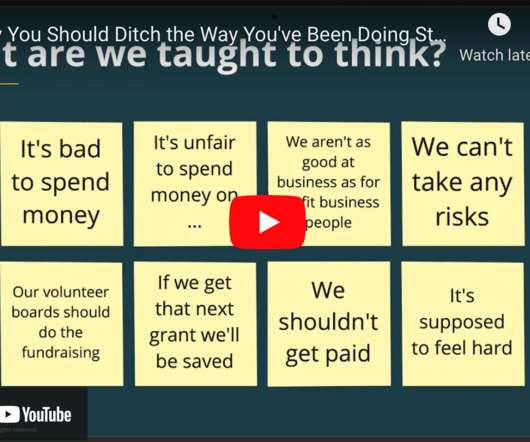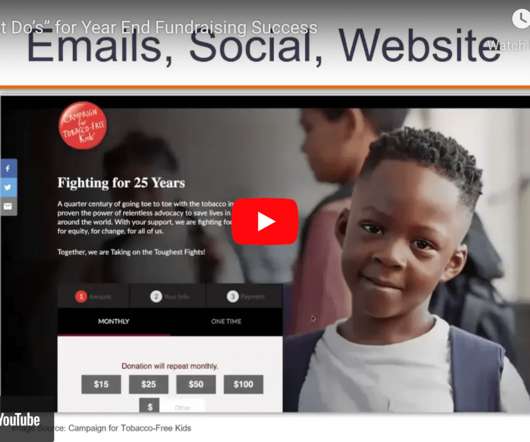Try Exercise Snacking for Improving #WFH Mental Health
Beth's Blog: How Nonprofits Can Use Social Media
JANUARY 21, 2021
In addition to the mental health benefits of improving your mood, moving your body also brings blood to the brain that helps you think more clearly and boosts personal productivity. It really helps reset my mind and body – and fight virtual fatigue. 7-Minute Exercise Snack – New York Times.

























Let's personalize your content